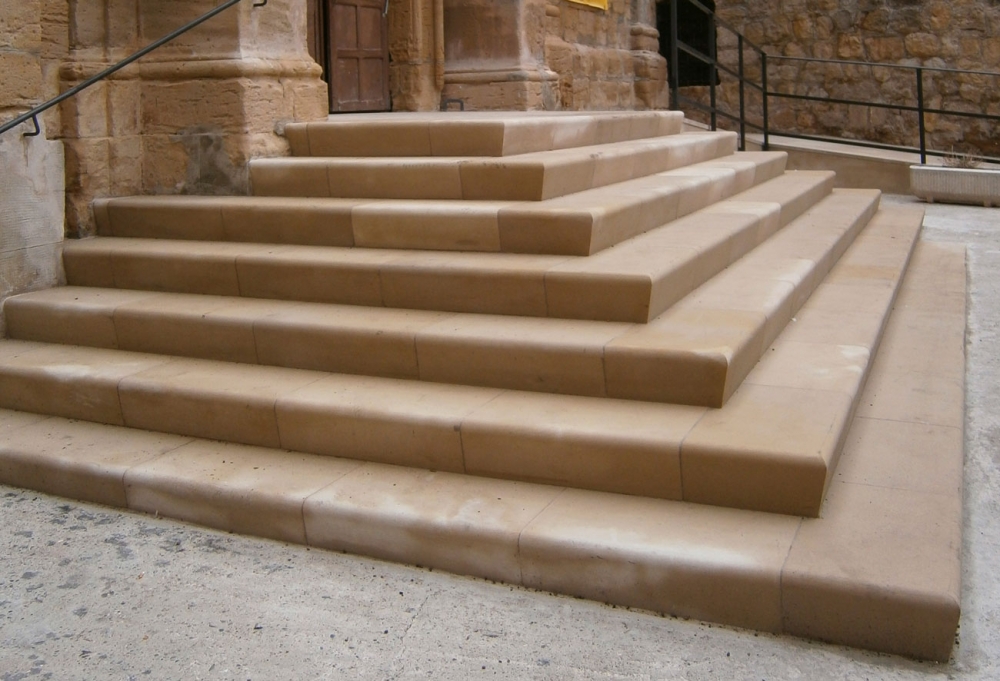Restoring stone is an intricate process; it's a craft that demands expertise, proficiency, and a genuine passion for the aesthetics of natural materials. From historic buildings to modern homes, stone surfaces can exhibit both heritage and sophistication. Yet, the process of rejuvenating these surfaces is frequently filled with challenges and misconceptions. For those ready to take on this fulfilling challenge, understanding the nuances of stone restoration is vitally important.
This manual will outline the essential steps to take when considering a restoration project, highlight typical errors to avoid, and reinforce the significance of maintaining the integrity of stone surfaces. Whether you are a householder looking to revive your property or a professional seeking to improve your skills, this article will provide valuable insights and pro suggestions that highlight why stone restoration is more than just work, but a continuing interest for many.
Common Errors in Stone Restoration
One common error in rock restoration is the incorrect application of cleansing products. Many individuals believe that strong chemicals will yield superior results, but aggressive cleaners can in fact damage the stone's surface, leading to blemishing or erosion. Instead, it is essential to use pH-adjusted cleaners specifically designed for natural stone. Proper research and cleaning product selection can significantly enhance the restoration process, preserving the aesthetic appeal of the stone.
Another common oversight is failing to consider to address underlying foundation issues before embarking on the refurbishment. Cracks and weaknesses in the rock or the surrounding structure can compound if not properly treated. Failing to inspect the condition of the substrate and resolving any water damage, fungus, or structural instability can result in significant repairs down the line. It is crucial to perform a thoroughly inspection and make any necessary corrections prior to restoration.
Lastly, a deficiency of knowledge about proper refurbishment techniques can lead to irreversible damage. For example, using the unsuitable type of sealer or applying it incorrectly can trap moisture in the rock, causing damage. It's crucial to know the specific requirements of each stone type and to seek advice from professionals when in doubt. Gaining knowledge about the correct methods and tools will result in a more successful and durable refurbishment.
Maintaining Your Stone Surfaces
Proper maintenance of stone surfaces is essential to protecting their beauty over the years. Regular cleaning should be part of your regular schedule; using a mild pH-neutral cleaner and a soft cloth can effectively remove dirt and grime without causing damage. Refrain from harsh chemicals or abrasive scrubbers that can dull the surface of your stone. For stubborn stains, think about using specifically formulated stone cleaners that are gentle yet effective.
Sealing your stone surfaces is another important step in maintenance. Natural stones like limestone are porous and can take in spills, leading to stains and complications. Applying a sealant helps shield the stone and makes it more convenient to clean. Depending on the kind of stone and the level of use, resealing may be required every half a year to a couple of years. Always follow the product recommendations for sealing products.
Finally, be mindful of the environment around your stone surfaces. Protect them from direct sunlight, which can cause discoloration and heat damage. Additionally, take care to not placing hot items directly on the stone, as this can lead to thermal shock and breakage. By being proactive in maintaining your stone surfaces, you can ensure they remain beautiful and retain their quality for years to come.
The Role of Home Restoration in Conservation
Residential restoration plays a essential role in preserving the heritage and historical significance of our built environment. By carefully restoring structures, we honor the craftsmanship and architectural details that tell the stories of the past. This process not only maintains the memory of these buildings intact but also fosters a sense of community and identity among residents. When homes embody historical value, they serve as living museums, teaching future generations about previous lifestyles and values.
Moreover, home restoration contributes to eco-friendly practices by recycling existing materials and reducing waste. Instead of tearing down old structures, restoration facilitates the preservation of original elements, reducing the need for new resources. This approach aligns with modern sustainability goals, which means the character of neighborhoods is preserved while embracing environmentally responsible decisions. Through restoration, we can infuse new life into the old without diminishing the architectural integrity of our heritage.
Ultimately, home restoration can increase property values, making it a valuable investment for homeowners. Restored https://yamcode.com/ rise in value, attracting potential buyers who appreciate their historical significance and unique features. This financial benefit, coupled with the satisfaction of preserving history, makes home restoration a rewarding pursuit for many. In essence, focusing on the preservation of stone surfaces and structures is not just about maintaining aesthetics but about protecting history for future enjoyment and education.

